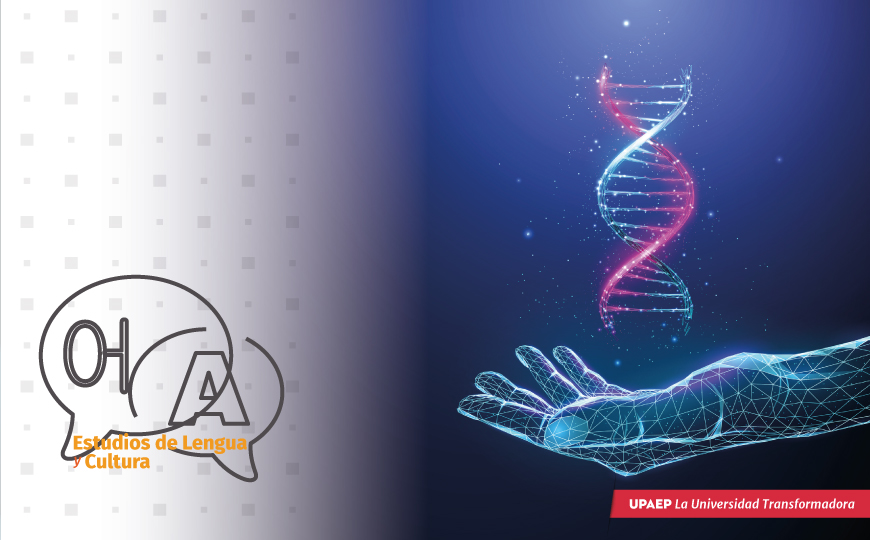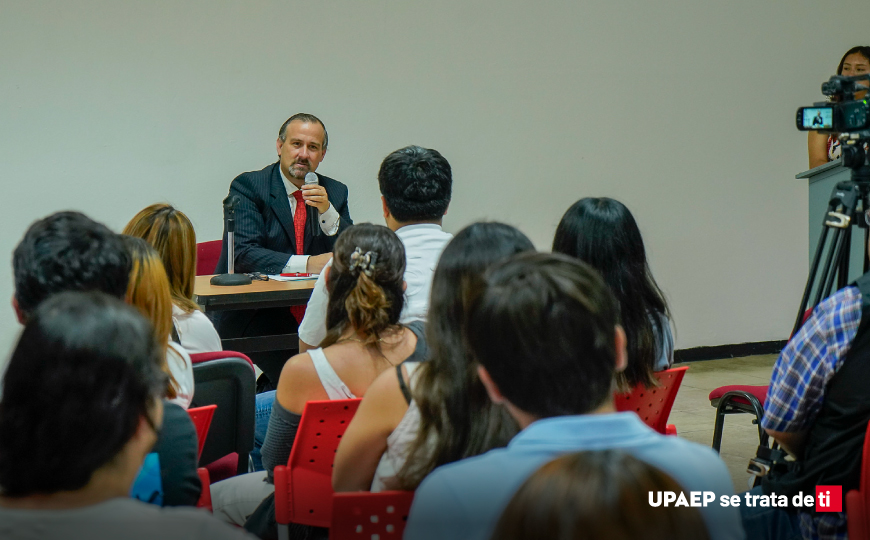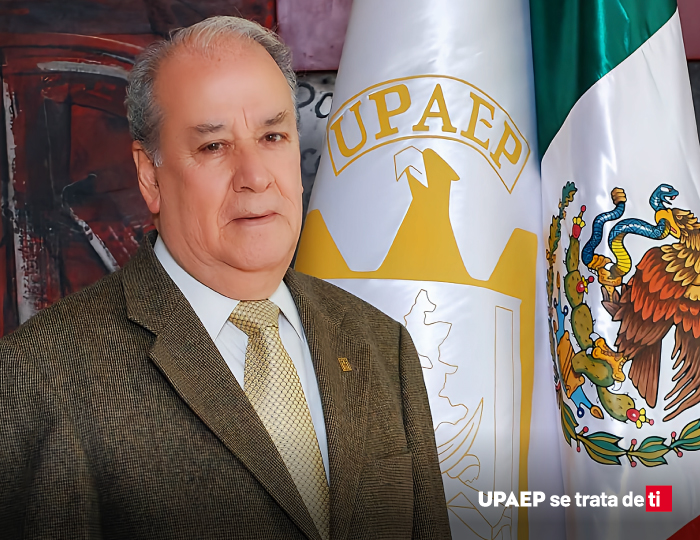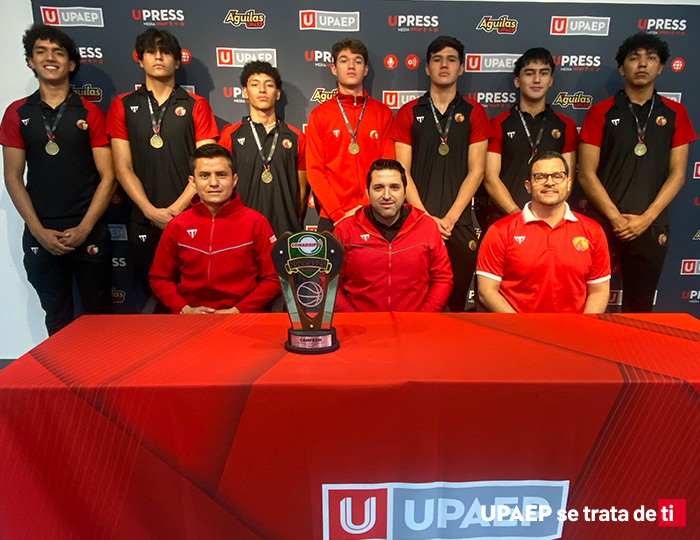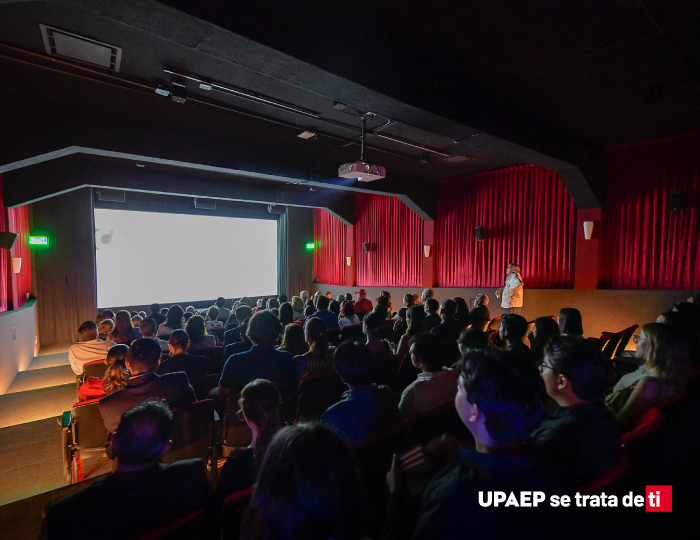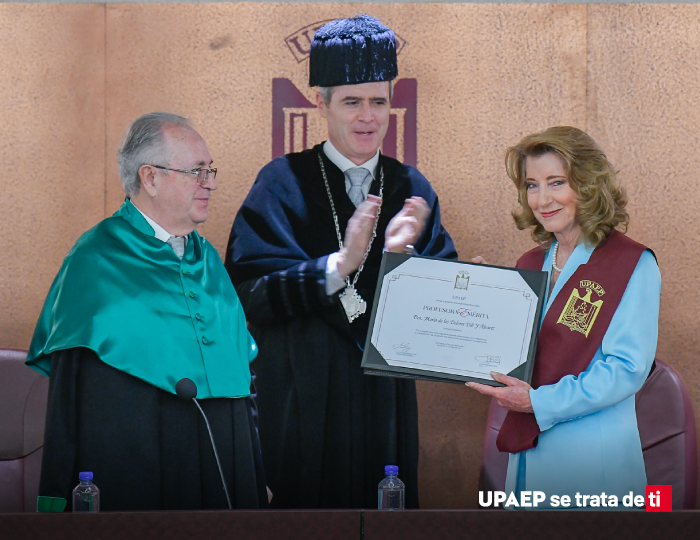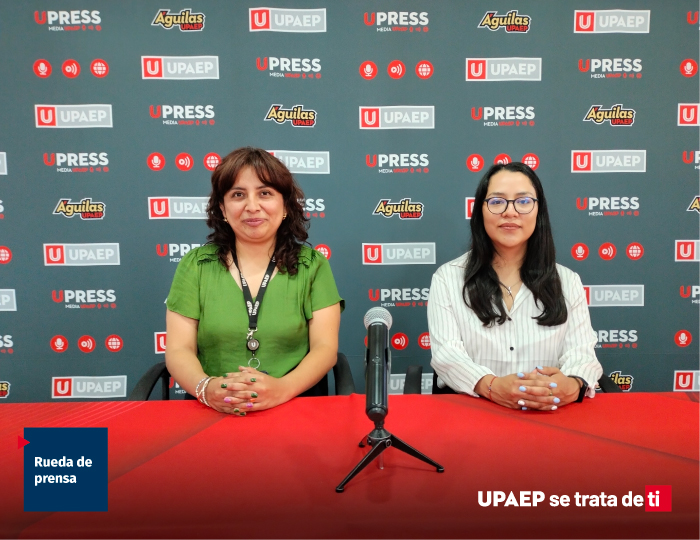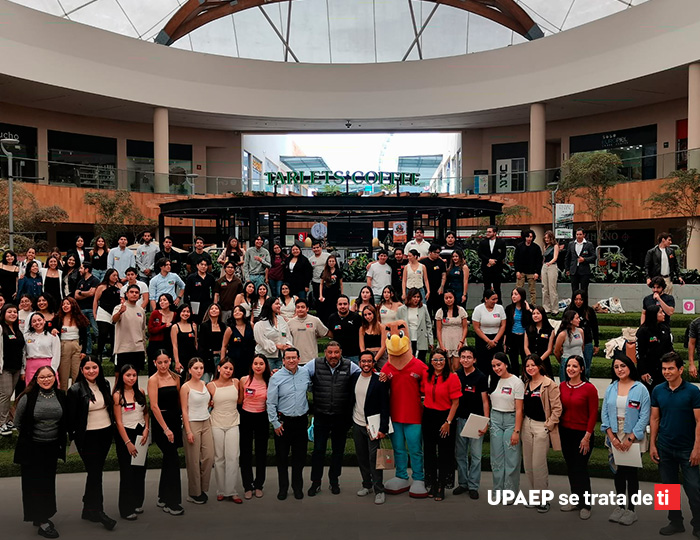During a recent gathering where we savored Puebla's traditional chiles en nogada, our conversation unexpectedly turned to the fascinating world of DNA and ancestry. As I reflected on this conversation, I began to wonder how it intersects with the Global Perspectives course I teach at the university. This intersection of personal experience, cultural identity, and academic study sparked a fascinating journey of inquiry and discovery.
To begin exploring this connection, I turned to AI for some preliminary research. My first query, using Meta in WhatsApp, yielded some intriguing insights:
- Population genetics: Studying genetic variations across populations can reveal migration patterns, ancestry, and adaptations to environments.
- Genetic diversity: Understanding genetic differences between populations can inform discussions on identity, culture, and community.
- Health disparities: Genetic research can help explain why certain populations are more susceptible to specific diseases, highlighting health inequities.
- Personalized medicine: Genetic information can lead to tailored treatments, which raises questions about access, equity, and global healthcare.
- Bioethics: Genomic research sparks debate on privacy, informed consent, and the implications of genetic engineering.
- Global governance: As genetic data crosses borders, there are concerns about data security, ownership, and the need for international regulations.
- Cultural perspectives: Genetic research can challenge or reinforce cultural beliefs about identity, ancestry, and community.
These points illuminated the multifaceted connections between genetics and global perspectives, providing a rich foundation for further exploration.
As I continued to reflect on this topic, my thoughts turned to one of the first questions we discuss in my Global Perspectives course as an introduction to cultural identity: What makes us Mexican? This question, when viewed from the perspective of genetics and ancestry, takes on new depths and complexities.
In my experience, most of my students identify as mestizos, acknowledging their mixed racial heritage. I can recall only two students who claimed pure indigenous ancestry - one from Michoacan with a melodious indigenous name meaning "sound of little bells," and another from the rugged Sierra Norte region in the north of Puebla. The diversity of my students' backgrounds is often reflected in their surnames, with their two last names frequently showcasing a combination of indigenous and European origins. For instance, a student might have a paternal surname of Nahuatl origin followed by a maternal surname of Spanish descent, or vice versa. These names serve as linguistic fossils, preserving the complex history of cultural mixing in Mexico.
This personal observation aligns with broader research on Mexican ethnicity. To provide some context, I turned to Belinski's (2023, p.3) lesson on the subject, which offers insight into the ethnic composition of Mexico:
The main ethnicity in Mexico is Mestizos, forming about 60% of the country's population. Mestizos are people of multiracial, primarily European and Native American, ancestries. Because Mestizos are a majority group, their sense of common identity is relatively weak and the term 'Mestizo' is rarely used in public.
Belinski (2023, p.3) also notes that the primary ethnic groups in Mexico are Mestizos, Amerindians (Native Americans), Whites (people of European or Middle Eastern ancestries), and Afro-Mexicans.
Probing deeper into the genetic landscape of Mexico, I was astounded to learn from García-Ortiz et al. (2021, p.2) that there are 68 recognized ethnic groups in the country. The researcher’s genome-wide analysis revealed that populations in Arid America and parts of Mesoamerica might possess additional genetic heritage from an unidentified group linked to the SNA/ANC-A lineage. This suggests a more intricate genetic history than previously understood or documented.
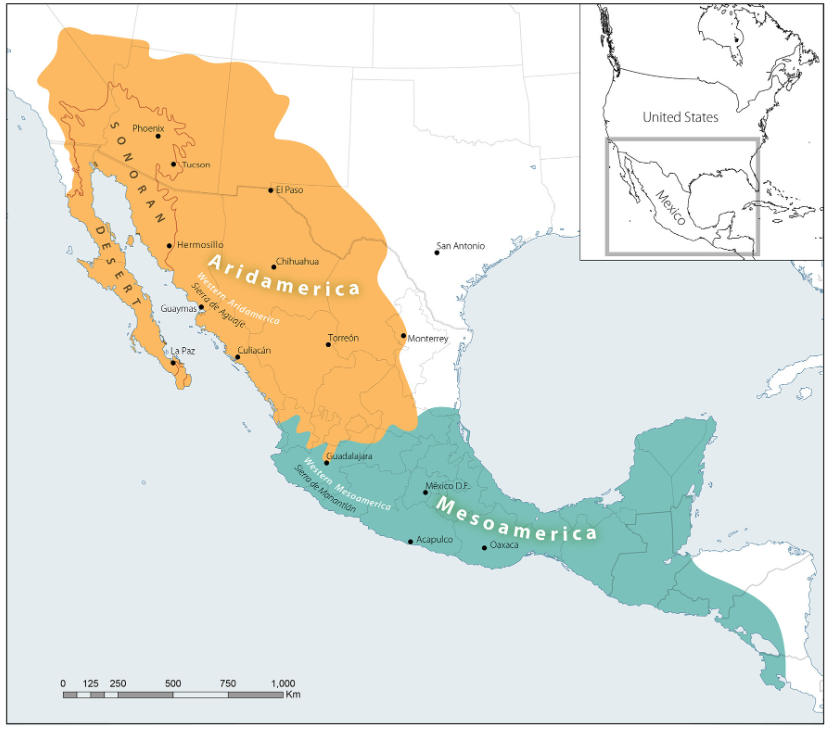
The genetic diversity of Mexicans is truly remarkable, reflecting a rich tapestry of historical influences. This diversity stems from several key ancestral contributions (which we all are familiar with):
- Pre-Columbian indigenous groups, each with its unique genetic makeup, including well-known civilizations like the Aztecs and Maya, as well as many smaller, isolated communities.
- European genes introduced during the Spanish conquest in the 16th century.
- African ancestry from slaves brought to Mexico during the colonial period.
This genetic mosaic makes the Mexican population one of the most genetically diverse in the world (García-Ortiz et al. 2021, p.7).
As I continued my research, I stumbled upon another fascinating aspect of genetic diversity, this time at the family level. Wetsman (2003, p.2) explains that siblings from the same parents can exhibit a surprising amount of genetic variation. This diversity arises from several key genetic processes: recombination during the formation of eggs and sperm; random assortment of chromosomes; and small genetic mutations during the formation of reproductive cells.
On average, siblings share about 50% of their DNA, but the specific segments they share can vary significantly. This genetic uniqueness can manifest in various ways, from physical appearance to health predispositions and even personality traits (Wetsman, 2003, p.2).
Reflecting on all this information, I'm struck by how it enriches our understanding of cultural identity and global perspectives. The genetic diversity within Mexico mirrors the cultural diversity we explore in my course. It challenges simplistic notions of identity and highlights the complex interplay between biology, history, and culture.
As an educator, this research has deepened my appreciation for the nuances of identity and the importance of fostering inclusive discussions in my Global Perspectives course. It provides a scientific backdrop to our conversations about cultural diversity and reminds us that our differences are not just cultural constructs but are also rooted in our very DNA.
So, returning to the question that started this exploration - What makes us Mexican? - I find myself circling back to one word: DIVERSITY. But now, this word carries even more weight. It encompasses not just the visible cultural diversity we see in our traditions, languages, and customs, but also the invisible diversity written in our genes.
This journey from a casual dinner conversation to a deep dive into genetics and identity has reinforced for me the value of interdisciplinary thinking in understanding our complex world. It's a perfect example of the kind of holistic, multi-faceted approach we strive for in Global Perspectives.
As I prepare for my next class, I'm excited to bring these insights to my students. I hope to inspire them to look beyond surface-level understandings of identity and to appreciate the beautiful complexity that makes us who we are - as Mexicans and as global citizens.
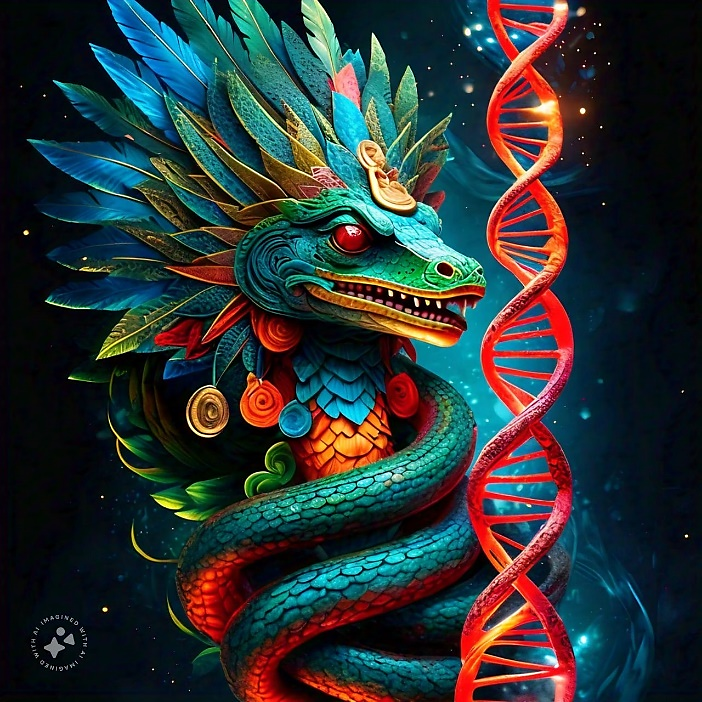
Image created by Meta.ai to the prompt: create an image of Quetzalcoatl and a strand of DNA
References
Bilinski, A. (2023). Mexican Ethnicity | Overview & Groups. study.com. https://study.com/academy/lesson/ethnic-groups-in-mexico/
García-Ortiz, H., Barajas-Olmos, F., Contreras-Cubas, C., Cid-Soto, M. Á., Córdova, E. J., Centeno-Cruz, F., Mendoza-Caamal, E., Cicerón-Arellano, I., Flores-Huacuja, M., Baca, P., Bolnick, D. A., Snow, M., Flores-Martínez, S. E., Ortiz-Lopez, R., Reynolds, A. W., Blanchet, A., Morales-Marín, M., Velázquez-Cruz, R., Kostic, A. D., … Orozco, L. (2021). The genomic landscape of Mexican Indigenous populations brings insights into the peopling of the Americas. Nature Communications, 12(1). https://doi.org/10.1038/s41467-021-26188-w
Pérez Ortega, R. (2023). What is a ‘Mexican’? Huge genetic database untangles a complex history Two new major studies could improve medicine, answer questions about ancestry. https://www.science.org/content/article/what-mexican-huge-genetic-database-untangles-complex-history
Wetsman, N. (2018). Siblings can have surprisingly different DNA ancestry. Here's why. National Geographic. https://www.nationalgeographic.com/science/article/dna-ancestry-test-siblings-different-results-genetics-science

